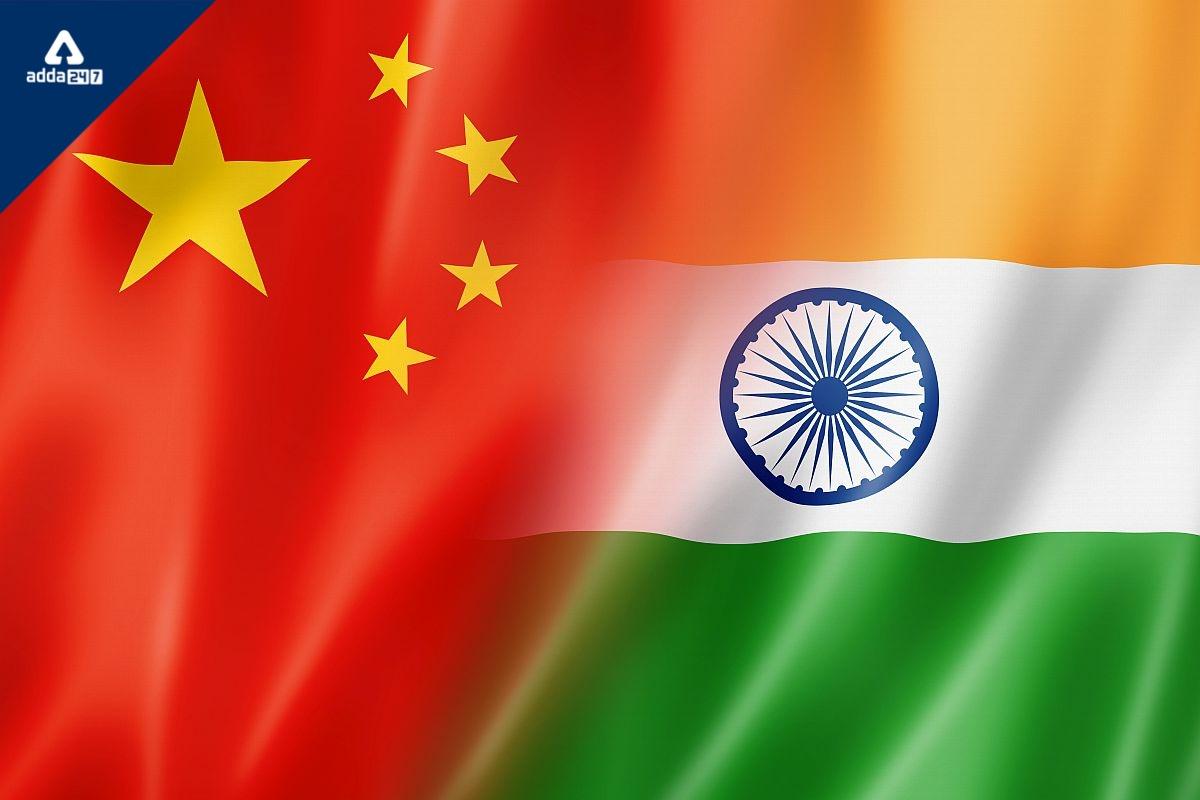Indo-China Relations
India was the first non-communist country to establish an embassy in the People’s Republic of China (PRC). The People’s Republic of China was established on 1st October 1949 and on 1st April 1950 India and China established diplomatic relations. Both India and China jointly proposed the Panchsheel in 1954 which is the 5 principles of peaceful coexistence. India and China have maintained historically peaceful relations for thousands of years but the harmony between the countries has varied in modern times, especially after the Chinese Communist Party seized power in 1949. 1st April 2020 was marked as the 70th anniversary of the establishment of diplomatic relations between India and China starting in 1950. In this article, we will talk about the history and the recent Foreign policy of India based on relations with its neighbor.
Countries Capital and Currencies 2022
Indo-China Relations: History
- The relationship between China and India started with cultural and economic relations during ancient times.
- The Silk Road between India and China was a major trade route but it is also credited for facilitating the spread of Buddhism from India to East Asia.
- In the 19th century, China was involved in the opium trade with the East Indian Company which exported opium grown in India to other parts of the world.
- During World war 2 both republics of China and British India played a crucial role in retarding the progress of imperial Japan.
- After the independence of India in 1947 it established relations with the Republic of China.
- The modern Indo-China diplomatic relationship began in 1950 when India was among the first non-Communist countries to end formal relations with the Republic of China and recognize the People’s Republic of China (PRC) as the legitimate government of both mainland China and Taiwan.
- India and China’s relationship is known to be contemporary and conflicting; there have been 3 military conflicts between India and China, The Sino-Indian War of 1962, the border clashes in Nathu La and Cho La in 1967, and the Sundorong Chu Standoff in 1987.
- In late 1980 the country successfully rebuilt its diplomatic and economic relations.
- In recent years the two Armies have standoffs at the Doklam plateau along with the disputed Bhutan-China border and in 2020 there have been earned stand and skimmers at multiple locations along the entire Indo-China border.
- The clash between Indo-China in the Galwan valley is marked as a serious issue that resulted in 20 deaths of Indian soldiers and an undisclosed number of Chinese soldiers.
Indo-China Relations: India’s Foreign Policy
According to the majority of political experts, the global political architecture is changing as power gradually shifts from the West to the East. China and India, the two most populous countries, are losing their hesitation to express their worldwide profiles and are on their path to becoming economic powerhouses. The relationship between China and India, the two regional powerhouses, will be crucial to the direction of this Asian century. Despite favorable changes in the recent few years, the trajectory of the India-China relationship is still very convoluted and challenging to understand.
The political elite in India frequently claims that Indian foreign policy has a clear continuity. Here are some important aspects of India’s Foreign Policy toward China:
- There is obvious consistency in India’s official position about its China policy. All political parties in India agree that bilateral relations with China should be strengthened and that dialogue should be used to resolve disputes between the two countries.
- There are three main schools of thought in India regarding how to approach China, and they have been labeled as pragmatists, hyperrealists, and appeasers.
- The pragmatists see China as a competitor and a long-term threat, but they contend that this competition can be managed by establishing economic ties with China and establishing a great power to counterbalance it.
- The hyperrealists see China to be a clear and present danger and want India to contain China by increasing its military power and engaging in gin gallia around China’s periphery.
- China has continued to outperform India in terms of economic and military strength, even though India’s GDP ranks fourth in the world in terms of purchasing power parity and its military is the third largest in the world.
- China has demonstrated a readiness to employ force relatively frequently in the pursuit of its national goals, in sharp contrast to India, while always maintaining that it is defensive. Even their offensive military operations are frequently justified by Chinese officials as simply defensive and last-resort tactics.
- India’s as of yet underdeveloped power capabilities play a significant role in why Indian foreign policy hasn’t succeeded in achieving its goals about China.
Indian foreign policy continues to be embroiled in confusion as a result of several obstacles that have prevented the establishment of a long-term China strategy in India. In the case of India’s China policy, one is not even sure if the Indian political and foreign policy establishment comprehends the fundamental dynamics that form and configure world politics, leaving aside the question of the competence of the Indian elites to think strategically on national security.



 Indian Olympic Medal Winners List Till N...
Indian Olympic Medal Winners List Till N...
 Who is the Inventor of the Gramophone?
Who is the Inventor of the Gramophone?
 HS Dhaliwal Appointed New DGP Of Andaman...
HS Dhaliwal Appointed New DGP Of Andaman...
